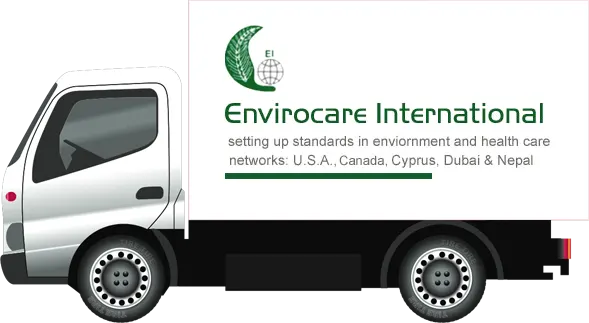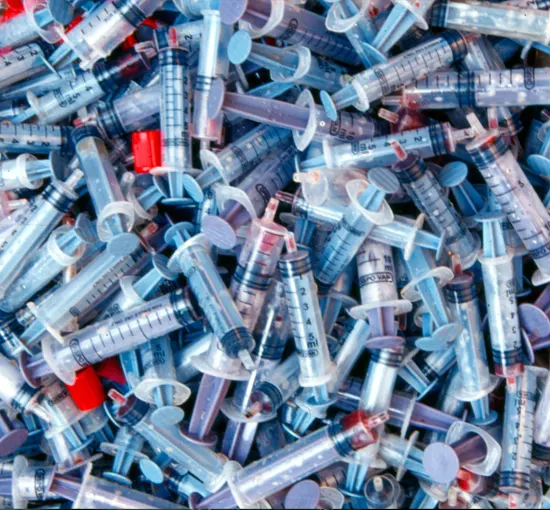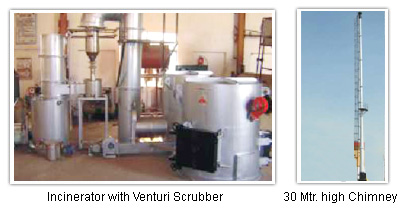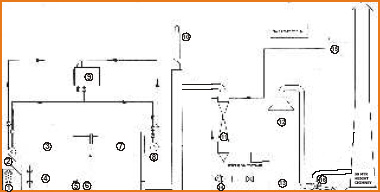Hospital and other health care establishments on the other hand generate huge quantities of waste including bio-medical waste. Hospital waste is always considered as a potential hazard to human being. Therefore, their safe collection, storage, transportation and disposal at site or in a Treatment facility are absolutely essential. The major identified health hazard is the infection. Give the toxic and extremely infectious nature of the medical waste generated in the process of diagnosis, treatment, surgical interventions, blood transfusions and immunization etc., patients and staff are generally exposed to high risks of infections including the most dreaded diseases like Hepatitis- B, HIV, AIDS etc.






